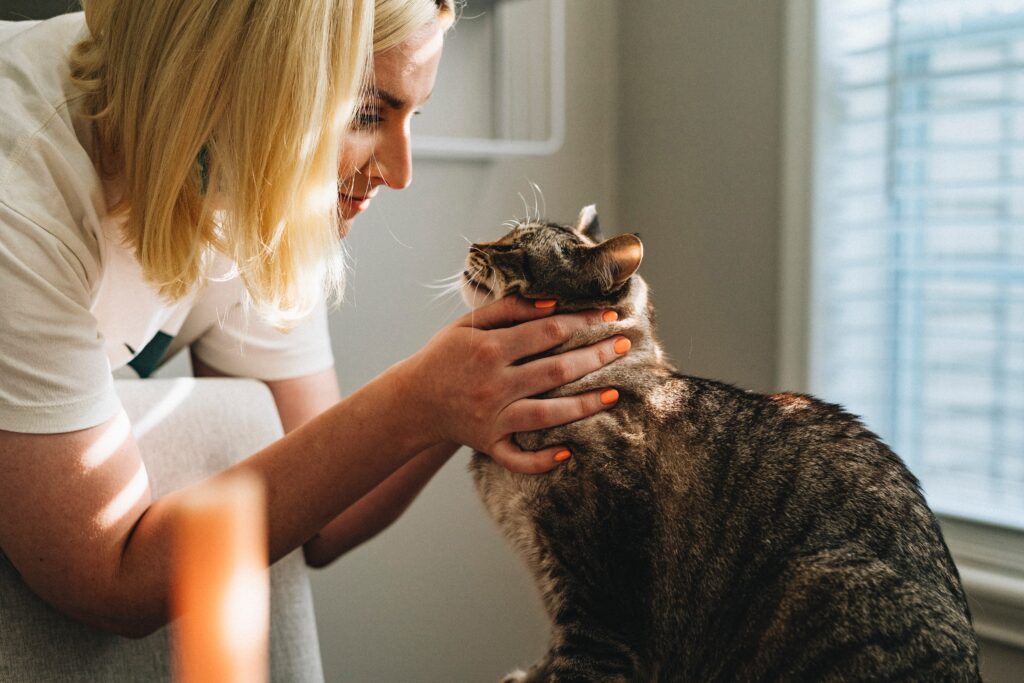How to get a valid international health certificate for a pet
Pet travel to a foreign country can be very complex and not to mention, time consuming process. Before you even begin the process, you need to know the rules relating to your breed and species of animal that will be travelling, rules of the destination country, exit country departure rules, the date of departure, and whether or not your pet will be travelling alone in cargo, or with you in the cabin of the plane.
But that’s not all. Your pet also needs to be examined by a vet in order for a health certificate to be issued. Many countries have a health certificate that is specific to their country. But there are countries that don’t have an approved health certificate. If your destination country doesn’t have a health certificate, you can check if your vet is able to issue one, or if not, find a vet who can.
What is an International Health Certificate?
The health certificate basically indicates that your pet is healthy to travel and isn’t showing any signs of disease or illness that could be passed on to other animals or people. If you are travelling abroad with your dog or cat, the certificate is a necessary requirement. The process is very detailed and there are certain steps that need to be followed to obtain one.
Here’s what needs to be done step-by-step (if you were not using a relocation company like ourselves):
● Find and research the exact requirements of the country that your pet will be travelling to.
● Make contact with the country of destination to confirm these requirements
● Contact the airline to check if there are any additional requirements
● Take all your documentation to the vet when taking your cat or dog for their scheduled examination. If your pet is a new client, you should take copies of all their medical records including vaccinations.
Every country has their own requirements, including vaccinations, and how many days before travel they should be administered. To get the international health certificate in time for the trip, you should start this process as soon as possible. You can take a look at Ferndale Kennels and Cattery for better insight into pet relocation requirements.
Issuing of the International Health Certifications
The health certificate should be issued by the vet as close to the date of travel as possible. Keep in mind that every country has limits pertaining to when the certificate expires. Every health certificate should show the following information:
● Name of the pet
● Type/Breed
● Colour
● Age of pet
● Country of origin
● Pet owners name, address, and contact detail
The certificate needs to state that your pet is healthy and free of disease. It also needs to show vaccinations and treatments that your pet has been administered, including the type, manufacturer, and the batch number where possible.
Once the health certificate has been issued by an accredited veterinarian, you will need to finish other outstanding requirements. Some countries allow treatments to be done after. For instance; tapeworm treatment for dogs travelling to the UK, Finland, Ireland or Norway.
How much does an International Health Certificate cost?
The cost of a health certificate can vary depending on a variety of factors. The average cost of visiting a vet is between USD $25 and $150, but depending on the area of the vet, it may be even more expensive. The average cost of vaccinations for puppies and kittens is between $20 and $150.
If your dog or cat is older and only needs a booster shot or two, the cost should be between USD$10 and $100, depending on the vet. Overall, you should expect to spend between USD$35 to $300 to obtain an international health certificate.
Planning for your pets trip
If you have plans to move abroad or travel internationally with your pet, contact Ferndale Kennels and Cattery for expert help with the process. Remember that each country has its own specific rules and guidelines, so the process can get very complicated depending on your destination. We’re here to make the process a little smoother and to provide the necessary guidance.




